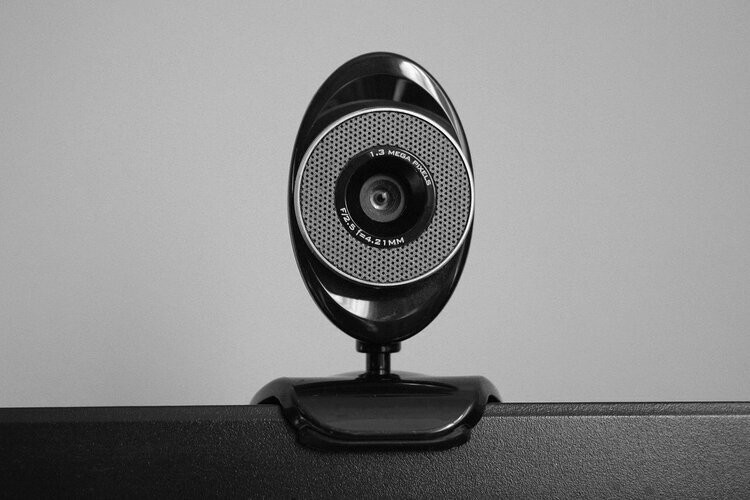Student privacy violations and biases about race, gender, and accessibility are among the reasons behind several universities’ decisions to stop using proctoring services for online testing.
Remote exams have proven to be an invaluable resource for maintaining educational institutions’ ability to conduct assessments in times of the pandemic. However, this new way of approaching school testing has not come about without questionable design and application issues. In prior articles, we have written about the ethical dilemma in relaxing students’ privacy standards to ensure the quality of exams and combat academic dishonesty, but this is not the only problem online testing confronts to offer a fair and equitable experience. There is also talk of racial, social, and gender biases toward students, including disadvantaged students.
Remote exams have two primary ways to authenticate students’ identity and ethical actions: facial recognition or algorithms. On paper, it would be seen as logical and harmless, but the way these methods are designed is through exclusion, leading to discrimination and privacy violations. These issues have generated widespread protest in student and teacher communities, to the point that several universities have decided to retire the monitoring services from their evaluation methodologies.
No social diversity algorithms
Racial identification parameters have been harshly criticized for their limitations in detecting and recognizing faces having different ethnicity than Caucasians. Shea Swauger, an academic librarian at the University of Colorado in Denver, explains the process by which a school testing monitoring service confirms identity for the MIT Review: “When you begin, the software starts recording your computer’s camera, audio, and the websites you visit. It measures your body and watches you for the duration of the exam, tracking your movements to identify what it considers cheating behaviors.” Swauger added that if the software considers that you are engaging in suspicious behavior, the system will alert a teacher to watch the recording, and it will assign a value (expressed in color) to designate the probability of dishonest behavior.
The @ExamSoft software can’t “recognize” me due to “poor lighting” even though I’m sitting in a well lit room. Starting to think it has nothing to do with lighting. Pretty sure we all predicted their facial recognition software wouldn’t work for people of color. @DiplomaPriv4All
— Alivardi Khan (@uhreeb) September 8, 2020
Regardless of the potential for privacy violations that this methodology might present, the issue becomes more complicated when the right tools to offer a neutral and fair treatment for all students are not available. Several investigations have found that the facial identification parameters are not calibrated correctly to detect dark skin faces. Such was the experience of numerous students of color who had trouble presenting themselves for their examinations because the system indicated insufficient lighting on their faces.
Similarly, transgender and undocumented students are unnecessarily disadvantaged by the way these authentication policies are applied. For example, in the United States, not all states have official documentation that allows them to assume their identity as non-heteronormal persons. Undocumented people do not have the papers that provide them with legal protections if they are detected and subsequently prosecuted by immigration authorities.
The action of identifying a student can become very complicated because the algorithms play against them. Moreover, the monitoring puts students in a precarious and counterproductive situation, completely the opposite of elements intended to offer a quality educational experience.
Control without criteria
Instances of discrimination become severe when using surveillance. It disproportionately impacts groups such as neurodiverse persons, parents, and women. Ara Austin, clinical assistant professor and director of online programs for the School of Molecular Sciences in Arizona, points out that, beyond surveillance, the criteria for what is considered potentially dishonest behavior in an exam creates the problem. “They’re so strict on flagging my students that it’s kind of annoying because a lot of my students have children that are young,” Austin said. “Every once in a while, a 3-year-old comes into the screen because mom or dad is taking an exam. That’s just what a 3-year-old does.”
The toughness due to lack of criteria in developing surveillance protocols has led to more severe cases, such as Brianna Hill, a law student. She was forced to continue her exam while having labor contractions because she knew if she left her chair to receive medical care, it would be difficult to go through the appeal process to explain her absence.
The Muslim student Shaima Dallali was forced to abandon her examination for refusing to remove her hijab, being suspected of hiding cheating tools inside of it. Several students reported having to urinate in bottles, jars, or diapers for fear that getting out of their seats or recording suspicious movements would cause them to be disqualified from their exams.
Maintaining high ethical standards and quality in school tests is understandable; this concern addresses a fundamental need to validate education. Nevertheless, quality control criteria must be broader than those currently available and cover social profiles that reflect the student population’s global diversity.
Millions of students are of different ethnicities and skin color; they are neurodiverse, transgender, parents, and have different socioeconomic levels, among other differences. If the experience of studying is not the same for all groups, why do we assume that taking an exam is? Why do we design online exams and protocols for ethics or safety with that misconception? What opinion do you have about how limits are established to authenticate students’ identity and ensure academic honesty? Tell us in the comments.
Translation by Daniel Wetta.
This article from Observatory of the Institute for the Future of Education may be shared under the terms of the license CC BY-NC-SA 4.0 
)
)


)